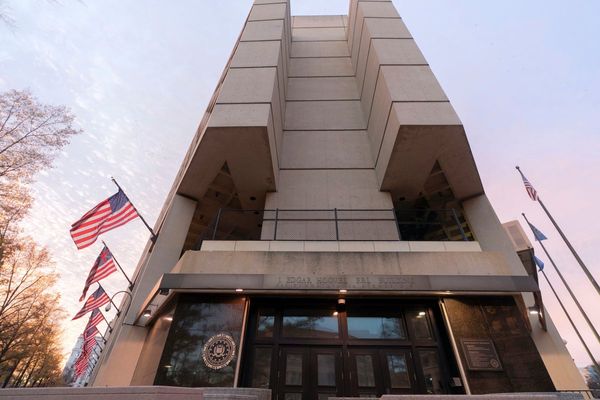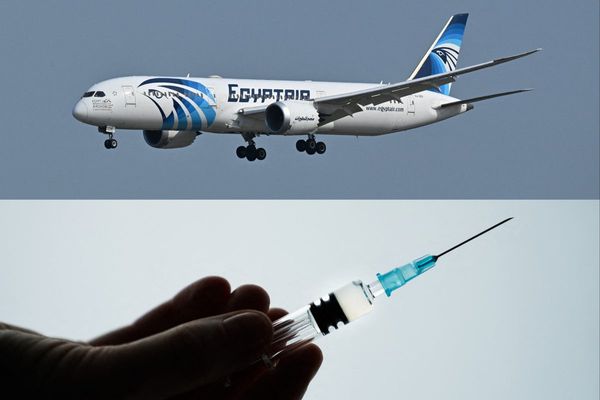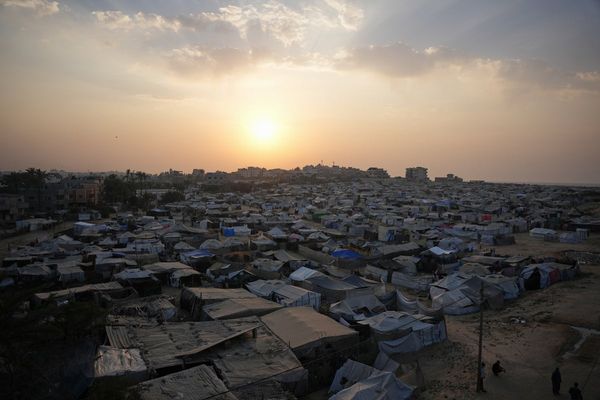Supplied: Peta Atama
)In the world of twins, triplets or multiples, it is not uncommon to scroll past online social media posts where other parents have asked, 'Do my kids look identical?'
This conundrum can be solved by testing for zygosity — how genetically similar, or different, a twin pairs' DNA is — but experts say many parents are misinformed about whether their twins are identical or not.
When Leila Jane gave birth to her twin boys Jamie and Brent 16 years ago, she was told [by doctors] they could not be identical because they had separate placentas and separate sacs.
Seven years passed and Ms Jane said she was perplexed because Jamie and Brent had the same hair and eye colour, and others were unable to tell them apart.
"Ever since they started school, everyone asked if they were identical or not, I would just say, 'I don't know', so I decided to find out for sure," she said.
Supplied: Leila Jane
)Not all twinning is the same
Identical twins occur when one egg is fertilised by one sperm, which splits. If two eggs are released and are fertilised by two separate sperm, fraternal or non-identical twins are formed.
Identical and fraternal twin pairs can be identified by how many eggs they developed from and if they shared a placenta in the womb. But as the science of twinning advances, these methods have been deemed less reliable by experts.
During a twin pregnancy, there may be one or two placentas, amniotic sacs and chorions. If two babies are enclosed within the one placenta, they are thought to be identical, while two babies in two separate placentas are thought to be fraternal.
But according to the Australian Multiple Births Association, all same-sex fraternal twins and about one-third of identical twin pairs have separate placentas, which means the number of placentas in utero is not always an accurate way to determine zygosity.
Why zygosity matters
Multiple births account for 1.5 per cent of all Australian births (or 4,501), and one in every three sets of twins is identical.
Unlike fraternal twins, identical twins share almost exactly the same DNA code with each other because they were formed from one fertilised sperm and egg.
Knowing if twins are identical supports bonding and can bring a sense of certainty around identity.
In sharing most of the same genetic material, there are also medical benefits, including compatibility for organ donation and early intervention for diseases.
Lack of understanding
Ashlee Tenberge, a twin-mum to identical girls and chairperson of the board of directors at the Australian Multiple Births Association, said their awareness campaign hoped to simplify "the mechanics of twinning".
Supplied: Ashlee Tenberge
)"With the predisposition for disease, having one twin or multiple diagnosed with an illness is important to know," she said.
"For that subgroup of twins to have been incorrectly diagnosed as identical or fraternal, those health risks are prolonged until such time [as they are tested]."
Studies show many people still rely on physical appearances, behaviours and stereotypes to work out what type of twins they have.
"Our girls look very alike', 'my twin sister and I do not look exactly the same' and 'both boys have autism'," responses in the report said.
'They chose me'
Gold Coast mother of two, Peta Atama, is a member of the Gold Coast Multiple Births Association, which supports more than 700 local parents of multiples.
Ms Atama conceived her 13-month-old identical twin girls Aiyla and Aiesha through sperm donation and in-vitro fertilisation.
She had only one egg transferred, so when the doctor announced there were two heartbeats at her seven-week scan, she knew they were identical.
Supplied: Peta Atama
)"I had the one egg. There was only one way it got there, so I knew they had definitely come from the one egg, which had split, and were identical."
"With the type of twin they were, they'd share that high rate of DNA which is like 99 per cent. That was freaky and made it a more high-risk pregnancy, but I thought, 'They chose me, so here we go'."
'Invisible thread'
Ms Atama said the bond her identical twins share is 'unique' and ensures they will walk through life with the constant support of each other.
"I hear all these stories about how one has the feelings of the other, which must be amazing, what drives that connection and the invisible thread that holds them together," she said.
Aiyla and Aiesha are healthy and happy babies but testing for zygosity will help if they ever find themselves in strife.
"If one child has come down with something, they may test the other to see if that gene is there. From that aspect, it's super important that you can protect your children as much as you can."







